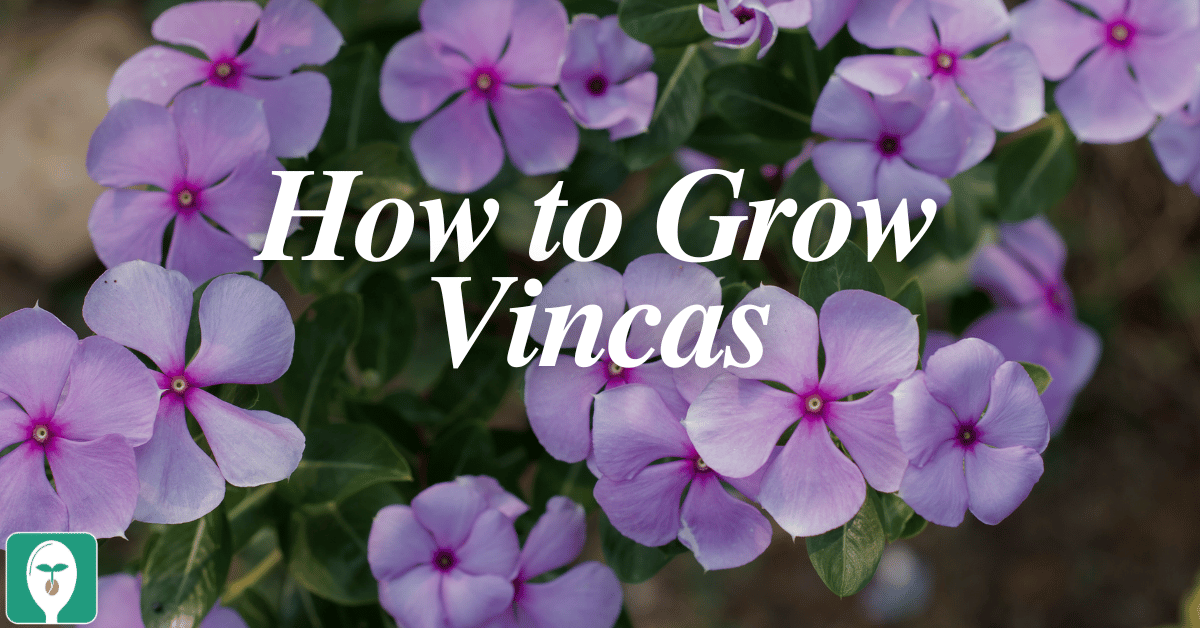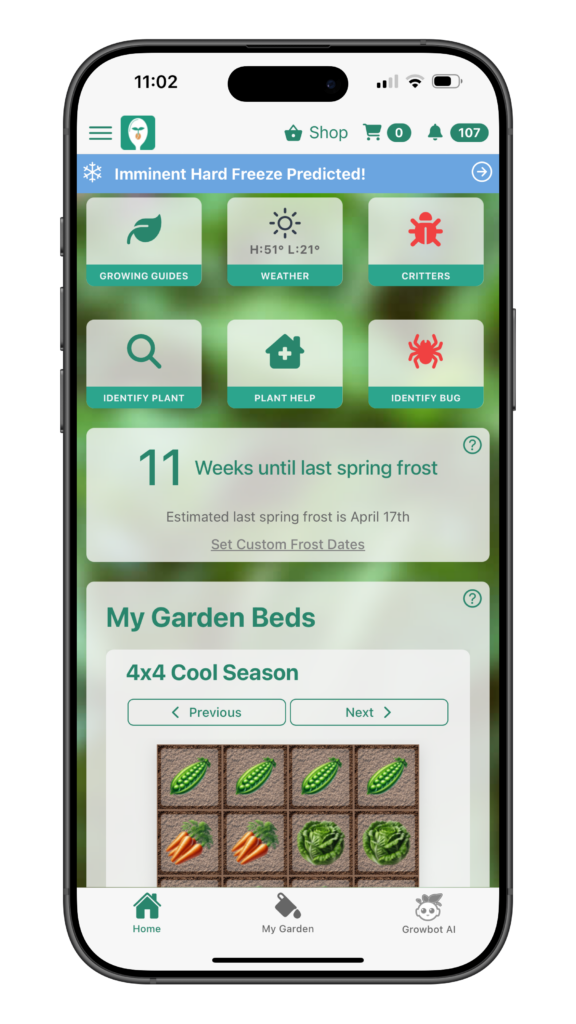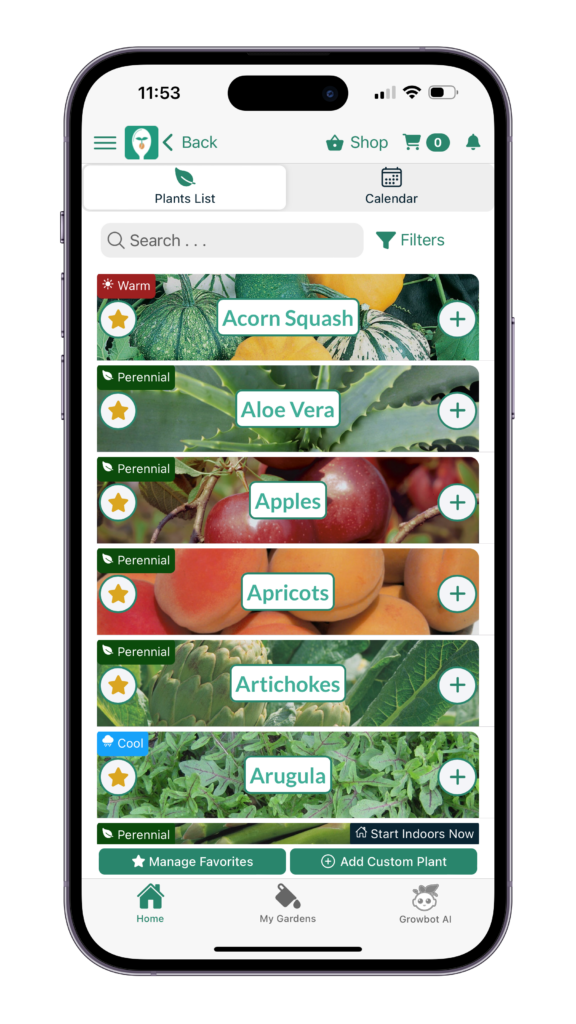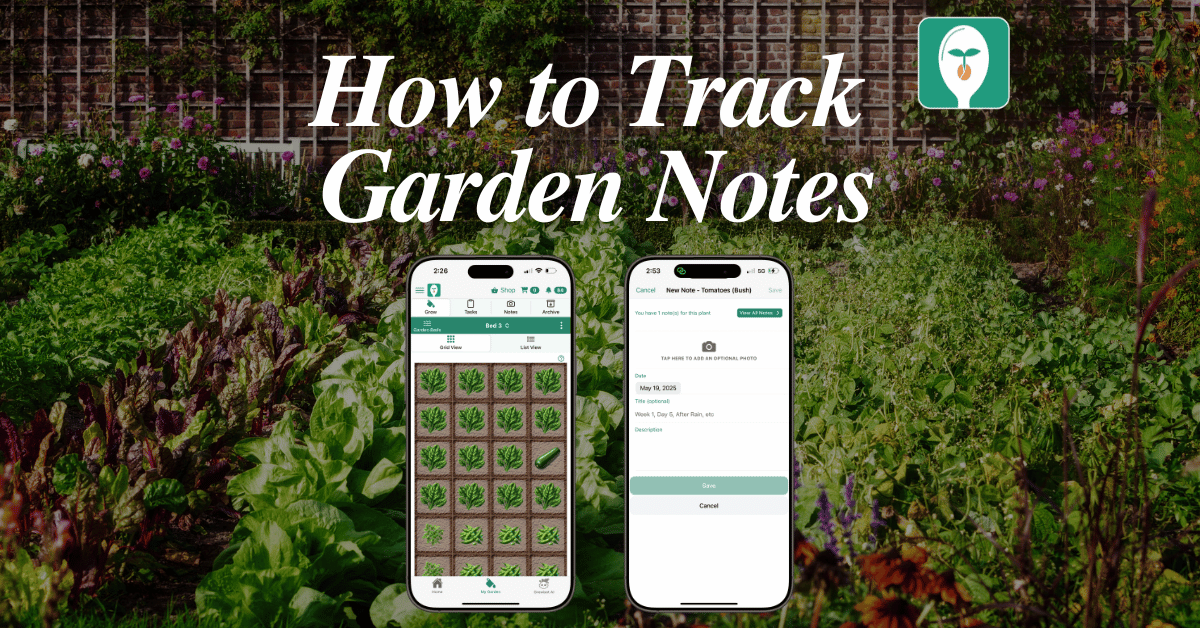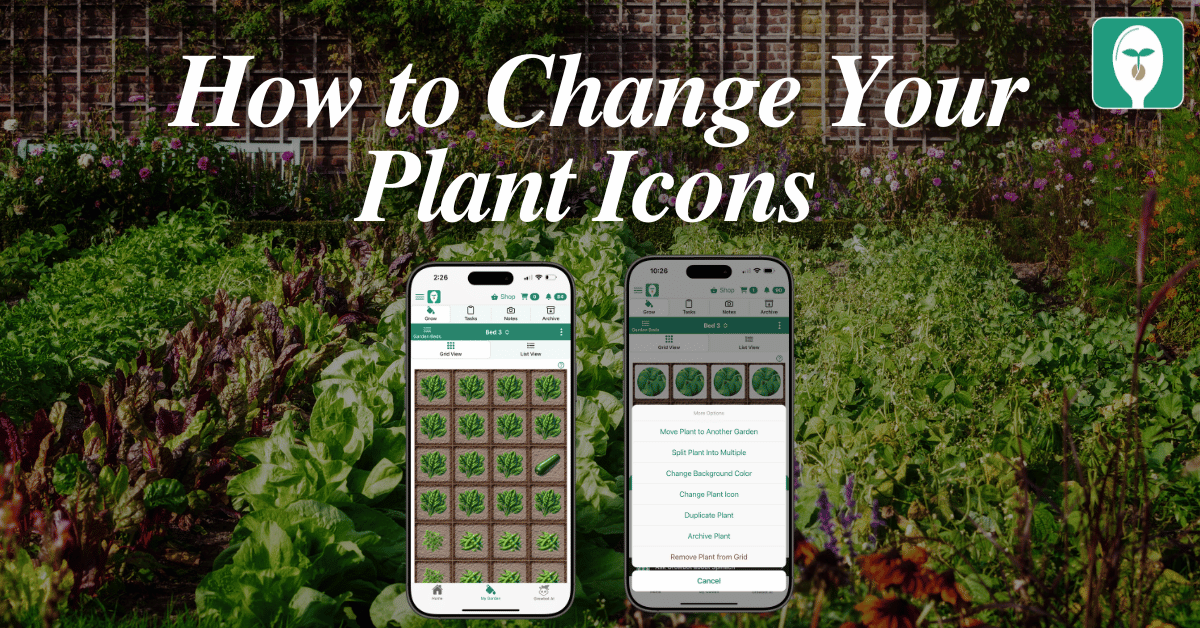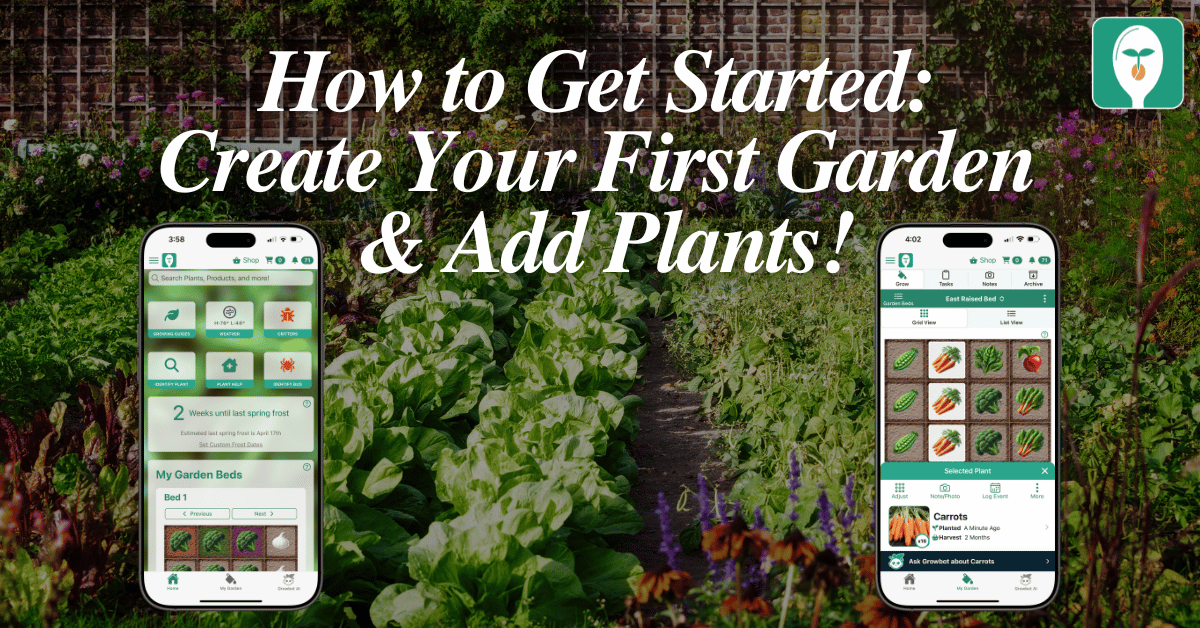The Ultimate Guide to Growing Vinca: Care Tips, Pests, and Companion Plants
If you’re looking for a vibrant, low-maintenance addition to your garden, vinca (Catharanthus roseus) is an excellent choice. With its colorful blooms, drought tolerance, and ability to thrive in full sun, this versatile plant is perfect for borders, containers, and flower beds. In this guide, we’ll cover everything you need to know about growing vinca, including care tips, pests to watch for, and companion planting strategies.
Vinca Plant Overview
Scientific Name: Catharanthus roseus
Family: Apocynaceae
Height: 6 to 18 inches
Sun Requirements: Full sun to partial shade
Watering Needs: Moderate, allowing soil to dry between waterings
Bloom Time: 70-85 days from planting
Frost Tolerance: Not frost-tolerant; plant 2-3 weeks after the last frost
How to Grow Vinca
1. Starting Seeds Indoors
Start vinca seeds indoors about 10-12 weeks before your area’s last spring frost. Plant the seeds at a depth of 1/8 inch and keep the temperature between 75°F and 78°F for optimal germination. Expect germination in 10-14 days. Once the seedlings are strong enough, transplant them outdoors after the danger of frost has passed.
2. Outdoor Planting Tips
Plant vinca outdoors 2-3 weeks after the last frost, ensuring the soil is warm and nighttime temperatures are above 60°F. Space plants about 6-12 inches apart or 4-6 per square foot for square foot gardening.
3. Watering and Fertilizing
Water vinca moderately, allowing the soil to dry slightly between waterings. Overwatering can lead to root rot. Feed with a balanced, slow-release fertilizer every 4-6 weeks, or use a diluted liquid fertilizer every 2-3 weeks during the growing season.
4. Sunlight Requirements
For the best blooms, provide vinca with at least 6 hours of direct sunlight daily. While it can tolerate partial shade, too much shade may result in fewer flowers.
Common Pests That Affect Vinca
While vinca is generally pest-resistant, it can occasionally attract the following pests:
Aphids: Sap-sucking insects that cause yellowing leaves. Wash them off with water or treat with neem oil.
Spider Mites: Tiny pests that create webbing and damage leaves in hot, dry weather. Use insecticidal soap or increase humidity to deter them.
Whiteflies: Flying insects that leave sticky residue on leaves. Trap them with yellow sticky cards or spray with horticultural oil.
Mealybugs: Cottony white pests that cluster on stems. Remove them with a cotton swab dipped in rubbing alcohol.
Snails and Slugs: These can chew on vinca foliage, especially in damp conditions. Use organic slug bait or handpick them at night.
Thrips: These pests damage blooms and distort new growth. Neem oil or beneficial insects like lacewings can help control them.
Best Companion Plants for Vinca
Pairing vinca with the right plants can enhance your garden’s beauty and health. Here are some excellent companions:
Marigolds: Repel pests and add complementary color.
Salvia: Offers height and vibrant blooms.
Sweet Alyssum: Fills gaps with a fragrant, low-growing carpet.
Petunias: Share similar sun and water needs.
Zinnias: Attract pollinators and add bold colors.
Thyme and Oregano: Heat-loving herbs that thrive near vinca.
Plants to Avoid Planting with Vinca
Certain plants may not thrive alongside vinca due to differing needs or space competition:
Squash and Melons: Their sprawling vines can overtake vinca.
Cabbage: Requires cooler, wetter conditions.
Corn: May block sunlight needed by vinca.
Potatoes: Soil disturbance during harvest can damage vinca roots.
How to Save Vinca Seeds
If you’d like to save vinca seeds for future planting, allow the flowers to dry and form seed pods. Once the pods turn brown and dry, carefully collect the seeds before they split open. Store them in a cool, dry place.
Add Vinca to Your Garden Today!
With its stunning blooms and low-maintenance nature, vinca is a fantastic choice for gardeners of all experience levels. By following these care tips, keeping an eye out for pests, and pairing it with the right companions, you’ll enjoy a thriving, colorful garden all season long. Happy gardening!
Learn more about growing over 100 different foods, including how to manage various pests in our FREE iOS, Android, or new Universal Web App!

Carrie Spoonemore, co-founder of “From Seed to Spoon,” stands as a beacon of inspiration for gardeners and health enthusiasts alike. Her journey alongside her husband, Dale Spoonemore, in creating a platform that demystifies gardening and promotes a healthier lifestyle, has made a significant impact on individuals around the globe. Through the “From Seed to Spoon” app, Carrie has dedicated herself to empowering people to take control of their health and environment by growing their own food.
With a profound belief in the power of gardening to improve mental and physical health, Carrie’s contributions to the Seed to Spoon blog reflect her holistic approach to wellness. Her articles often focus on the nutritional benefits of homegrown fruits and vegetables, organic gardening practices, and the mental health benefits of spending time in nature. Carrie’s expertise in health science shines through in her detailed discussions on how specific plants can contribute to a balanced diet and overall well-being.
Carrie’s passion for gardening is deeply intertwined with her commitment to family and community wellness. She frequently shares personal stories of how gardening has brought her family closer together, offering practical tips for involving children in gardening activities and making it a fun, educational experience. Her writing encourages families to explore gardening as a means of spending quality time together while learning about nature and sustainability.
In addition to gardening advice, Carrie’s contributions to the blog include insights into the use of technology to enhance the gardening experience. She has played a crucial role in designing the “From Seed to Spoon” app to be user-friendly, ensuring that users of all ages and backgrounds can navigate the complexities of gardening with ease. Her vision for the app is not just as a gardening tool but as a vehicle for change, inspiring individuals to adopt a more sustainable lifestyle by growing their own food.
Carrie Spoonemore’s presence on the blog is marked by her compassionate approach to teaching and her unwavering belief in the transformative power of gardening. Her work continues to inspire a community of gardeners to pursue a healthier, more sustainable way of living, proving that with the right tools and knowledge, anyone can become a gardener and advocate for their health and the planet.

